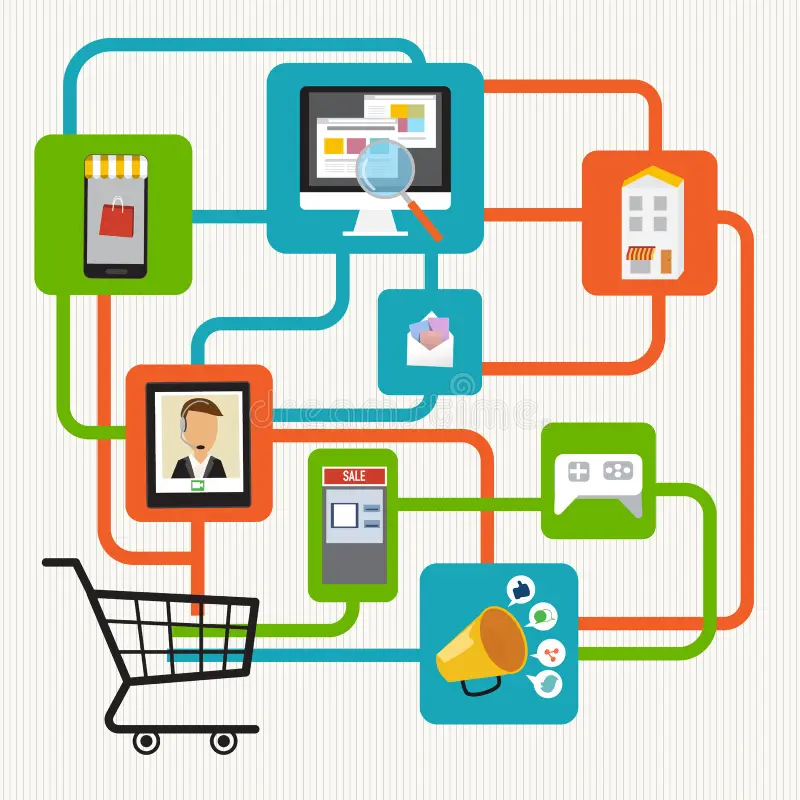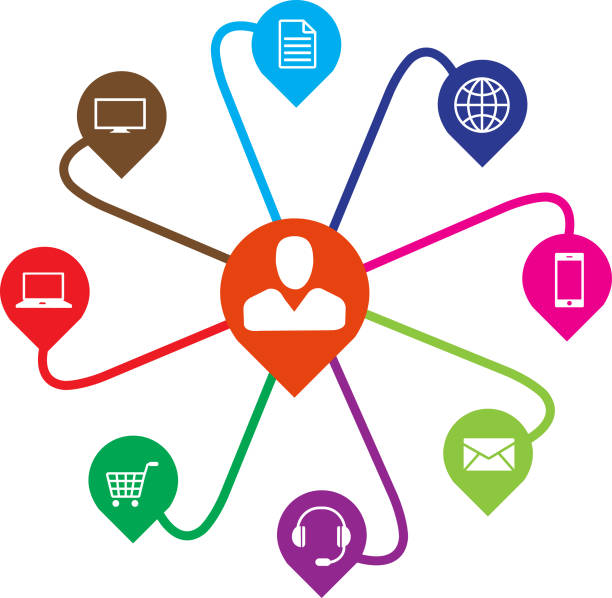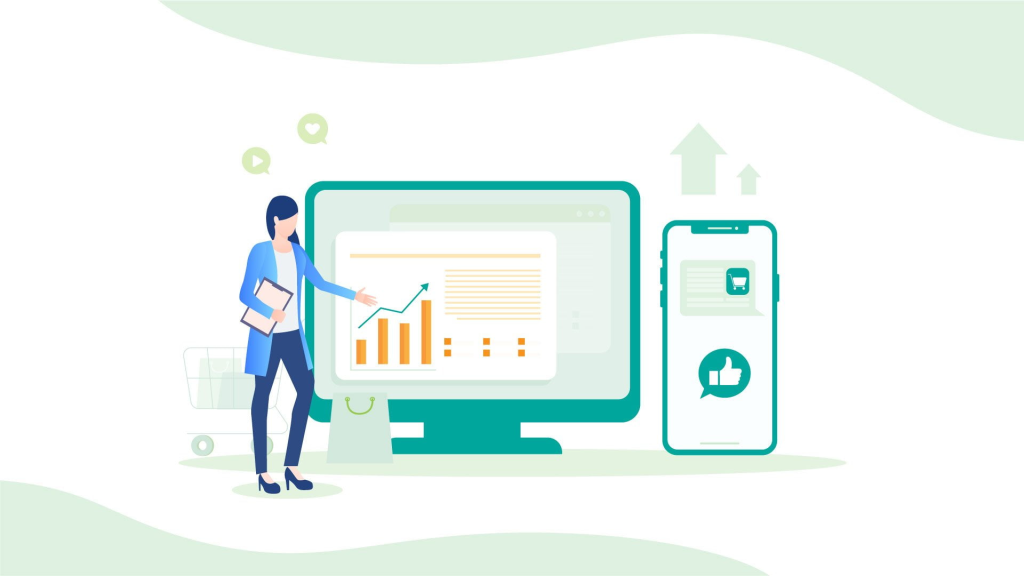In the world of marketing, omnichannel marketing and multichannel marketing are two strategies that are often discussed. Although they both involve the use of multiple channels, there are significant differences between them.

I. Definition and Scope
- Multichannel Marketing: It is a marketing strategy where brands use multiple independent channels to reach customers. These channels can be online, such as social media, email, and websites, or offline, like physical stores and events. The goal is to increase brand exposure and market reach by being present on various platforms. For example, a company might run separate advertising campaigns on Facebook, Instagram, and in a local newspaper.
- Omnichannel Marketing: It is a more integrated approach that focuses on providing a seamless and consistent experience across all channels. It combines online and offline channels in a way that customers can easily switch between them without any disruption. For instance, a customer can research a product on a company’s website, then visit a physical store to see it in person, and finally make the purchase online or in-store.
II. Focus and Objectives
- Multichannel Marketing: The main focus is on spreading the brand message as widely as possible and increasing market coverage. The objective is to attract more potential customers by reaching them on different channels. It aims to increase brand awareness, drive traffic to various channels, and boost sales. However, the customer experience may vary across channels as each one is managed independently.
- Omnichannel Marketing: The emphasis is on the customer experience. It aims to create a unified and personalized experience for customers, regardless of the channel they use. The goal is to build strong customer relationships, increase customer loyalty, and encourage repeat purchases. By providing a seamless experience, it focuses on meeting the customers’ needs and expectations at every touchpoint.

III. Integration and Data Management
- Multichannel Marketing: The channels in multichannel marketing are often operated independently, with little integration between them. Each channel has its own set of data and analytics, which may not be shared or coordinated. For example, the sales data from the online store may not be synchronized with the data from the physical store. This lack of integration can make it difficult to have a complete view of the customer’s journey.
- Omnichannel Marketing: Omnichannel marketing requires a high level of integration across channels. The data from all channels is centralized and analyzed to create a comprehensive view of the customer. This allows for personalized marketing campaigns and better understanding of the customer’s preferences and behaviors. For instance, if a customer views a product on the website and then visits the physical store, the sales staff can have access to the customer’s online activity and provide more personalized service.
IV. Examples in Practice
- Multichannel Marketing Example: A clothing brand has a website, a Facebook page, and a physical store. They run different promotions on each channel. The website offers free shipping, the Facebook page has a contest, and the physical store has a discount for in-store purchases. Customers who interact with the brand on one channel may not be aware of the offers on other channels.
- Omnichannel Marketing Example: A coffee chain has an app that allows customers to order and pay for their coffee online. They can then pick up their order at a physical store. The app also offers personalized offers based on the customer’s purchase history. If a customer has a loyalty card, the points are synchronized across all channels, whether they make a purchase online or in-store.

In conclusion, while both omnichannel marketing and multichannel marketing use multiple channels to reach customers, they have different approaches and goals. Multichannel marketing focuses on expanding reach and exposure, while omnichannel marketing emphasizes the customer experience and integration. Businesses should choose the strategy that best suits their goals, resources, and customer needs.




